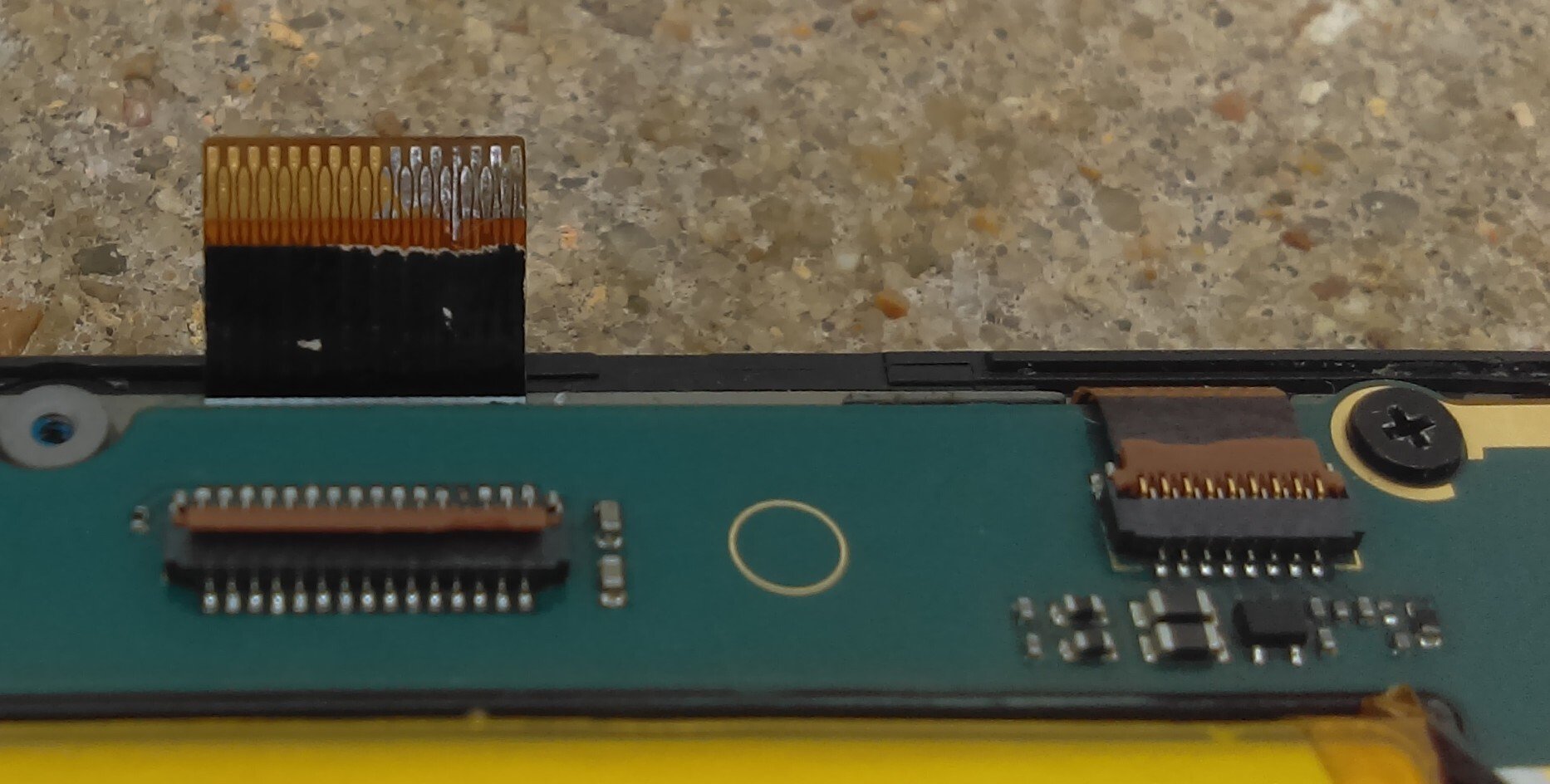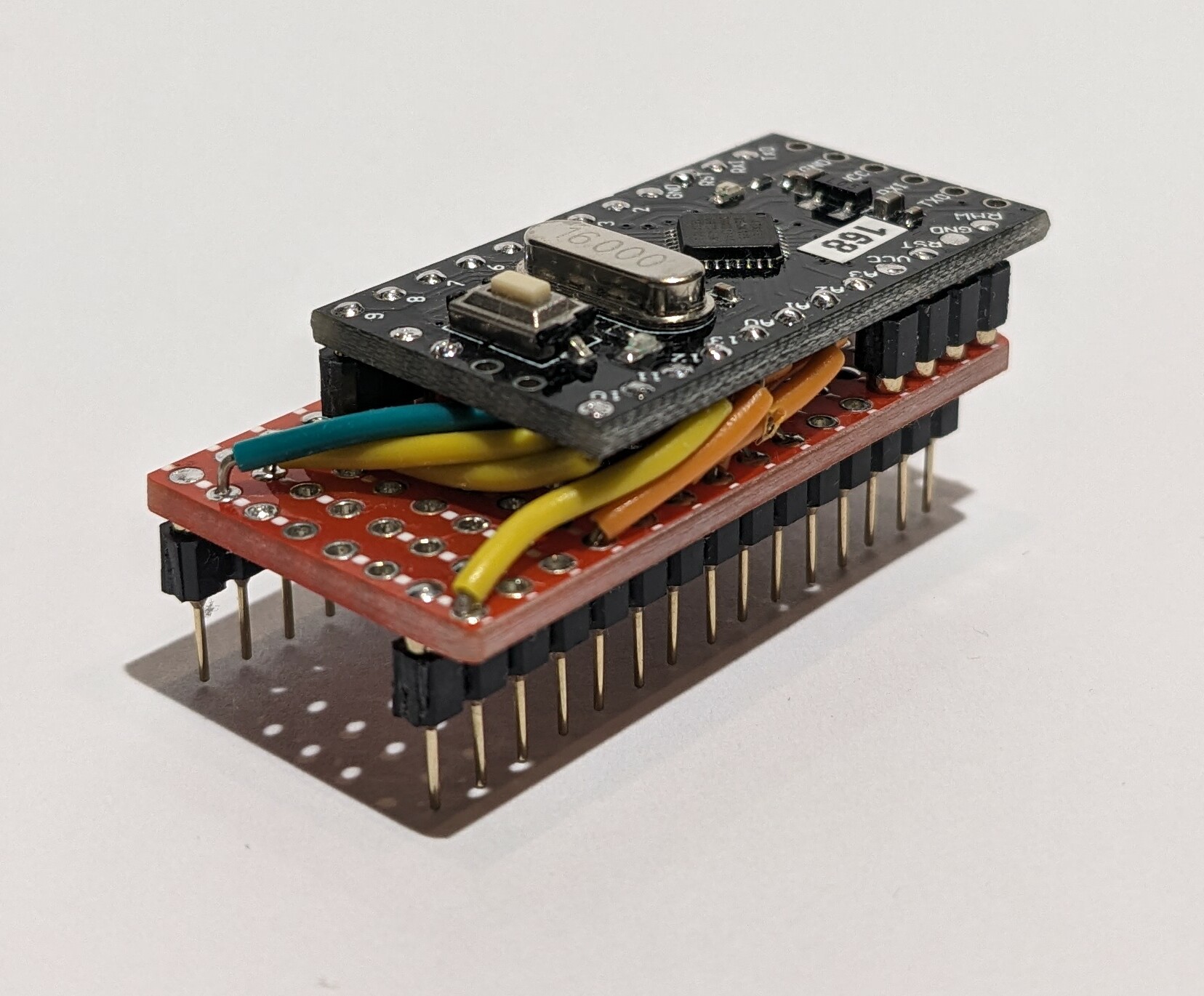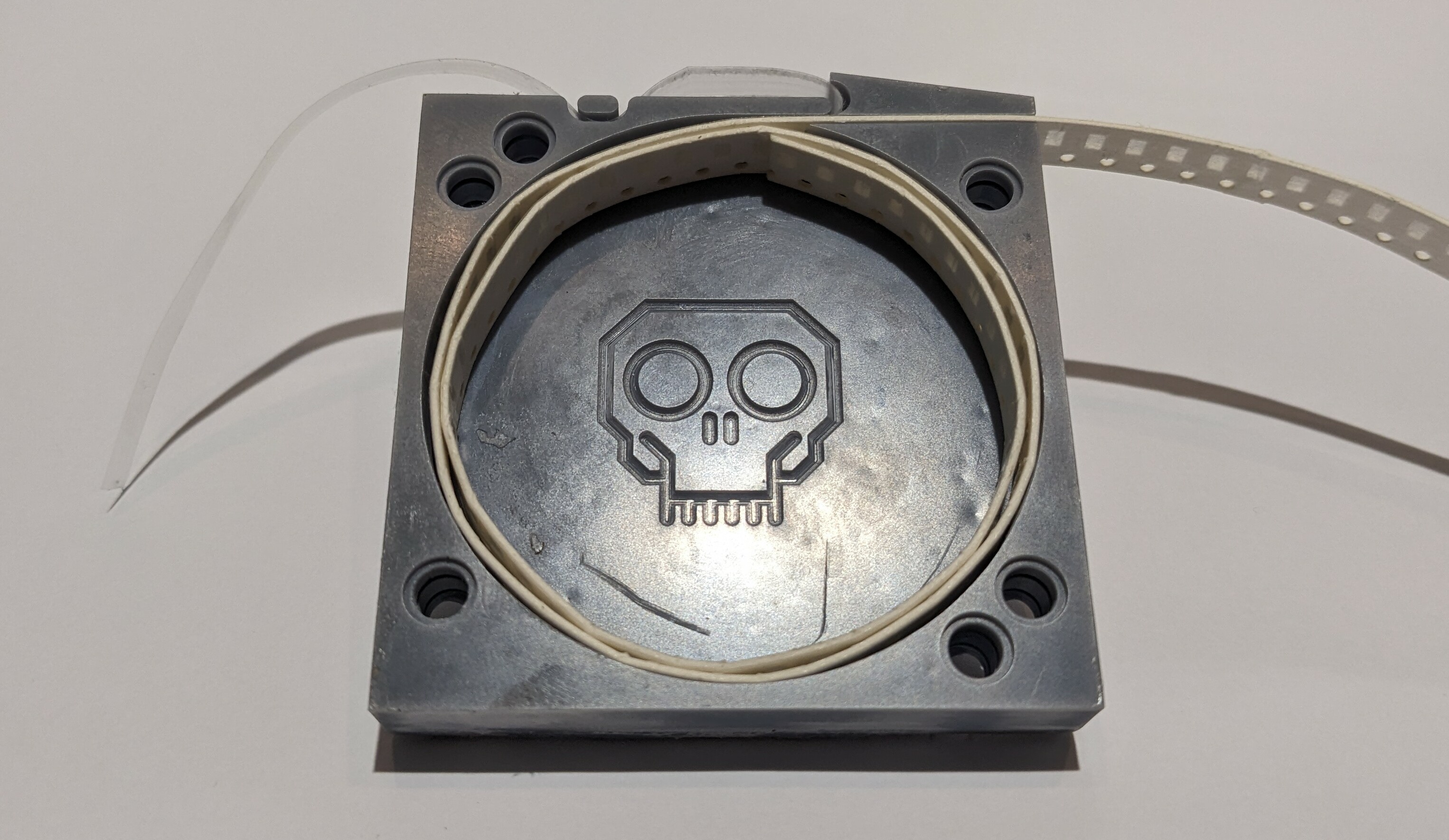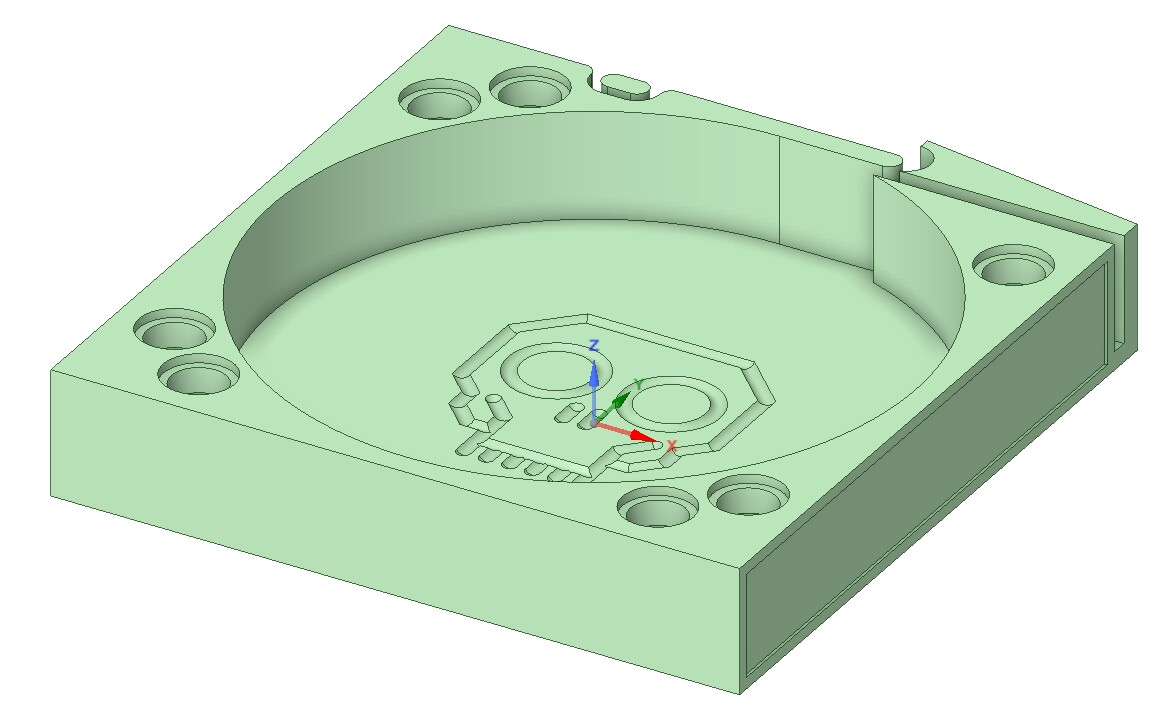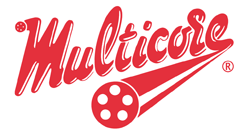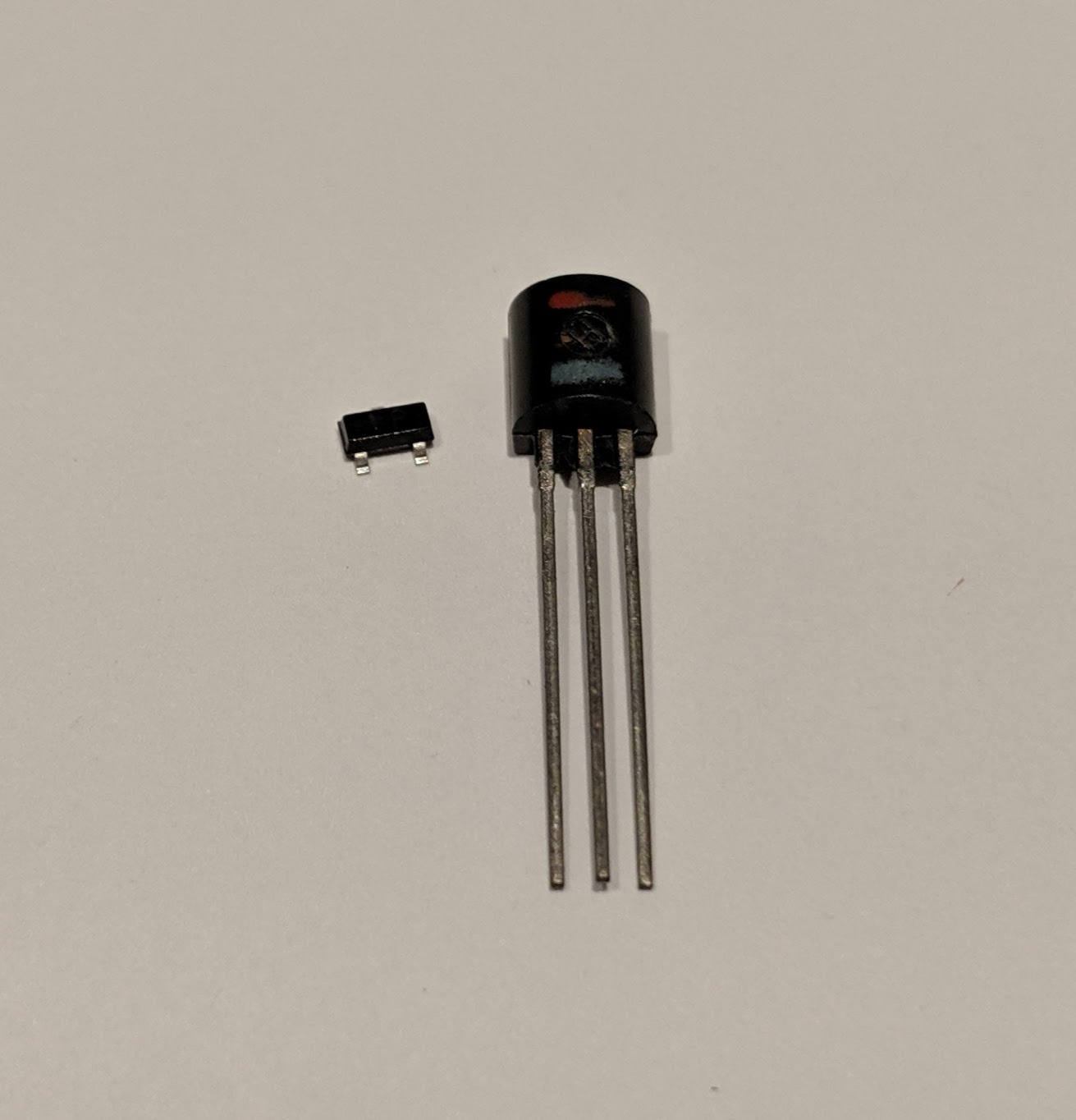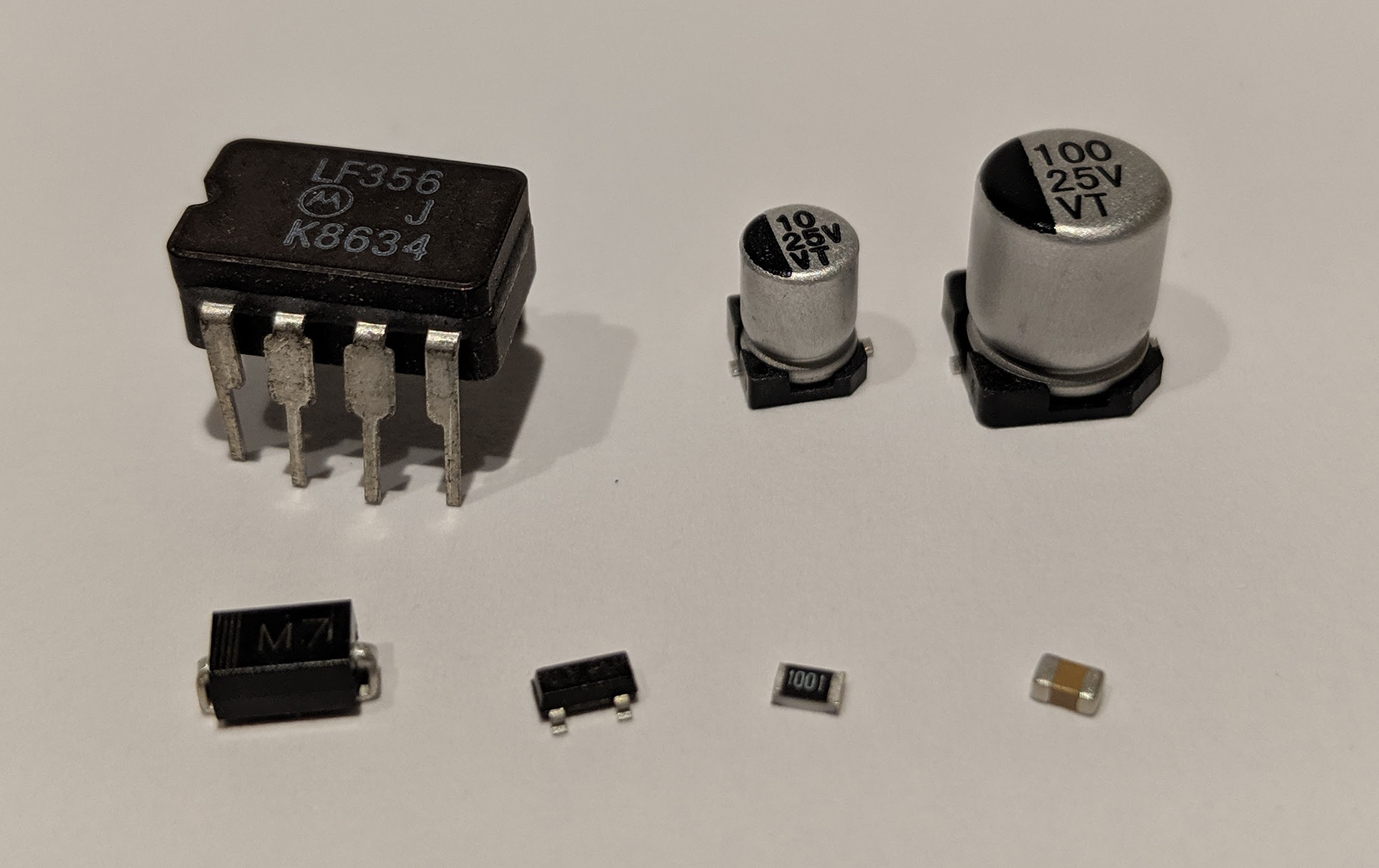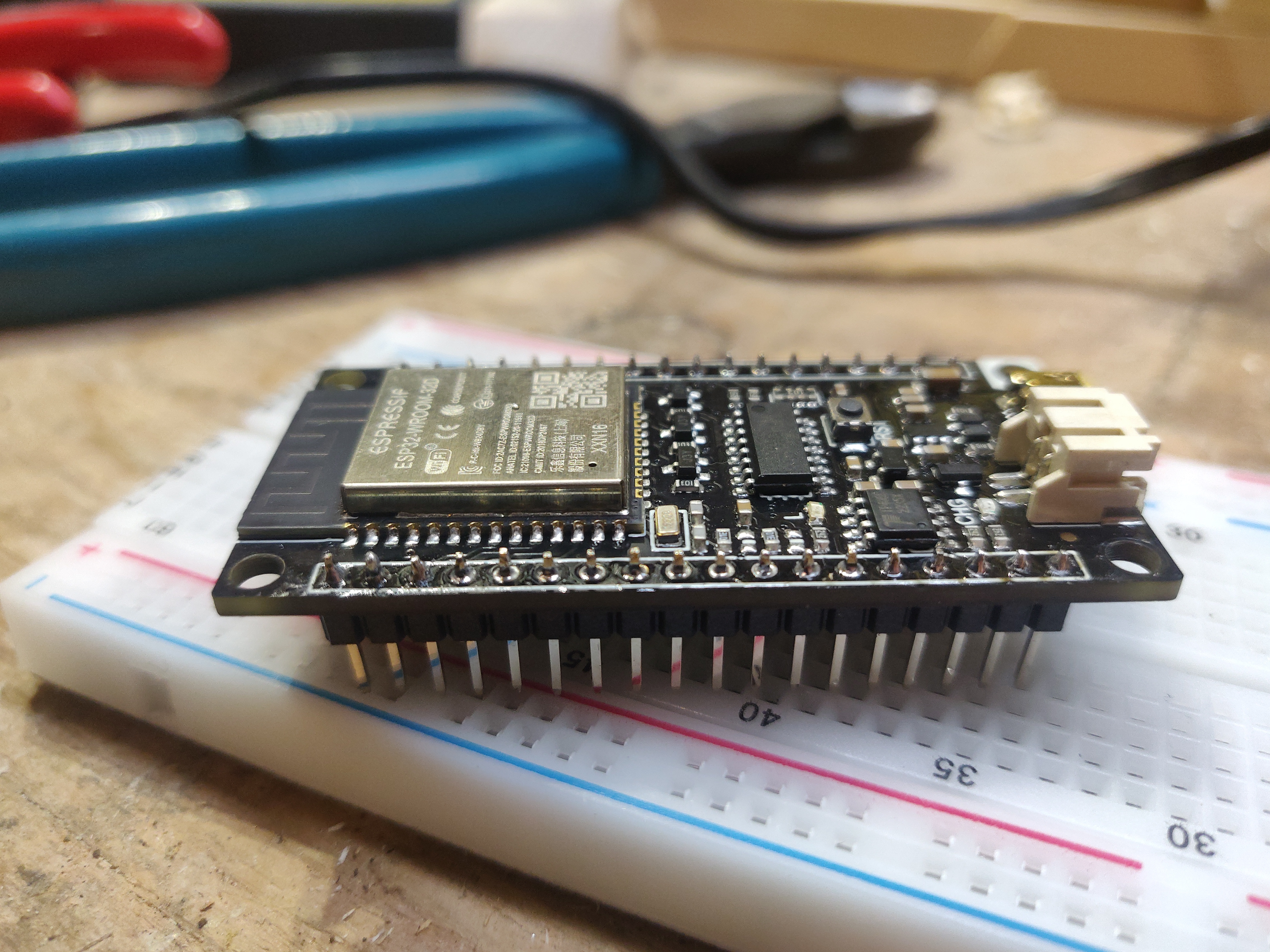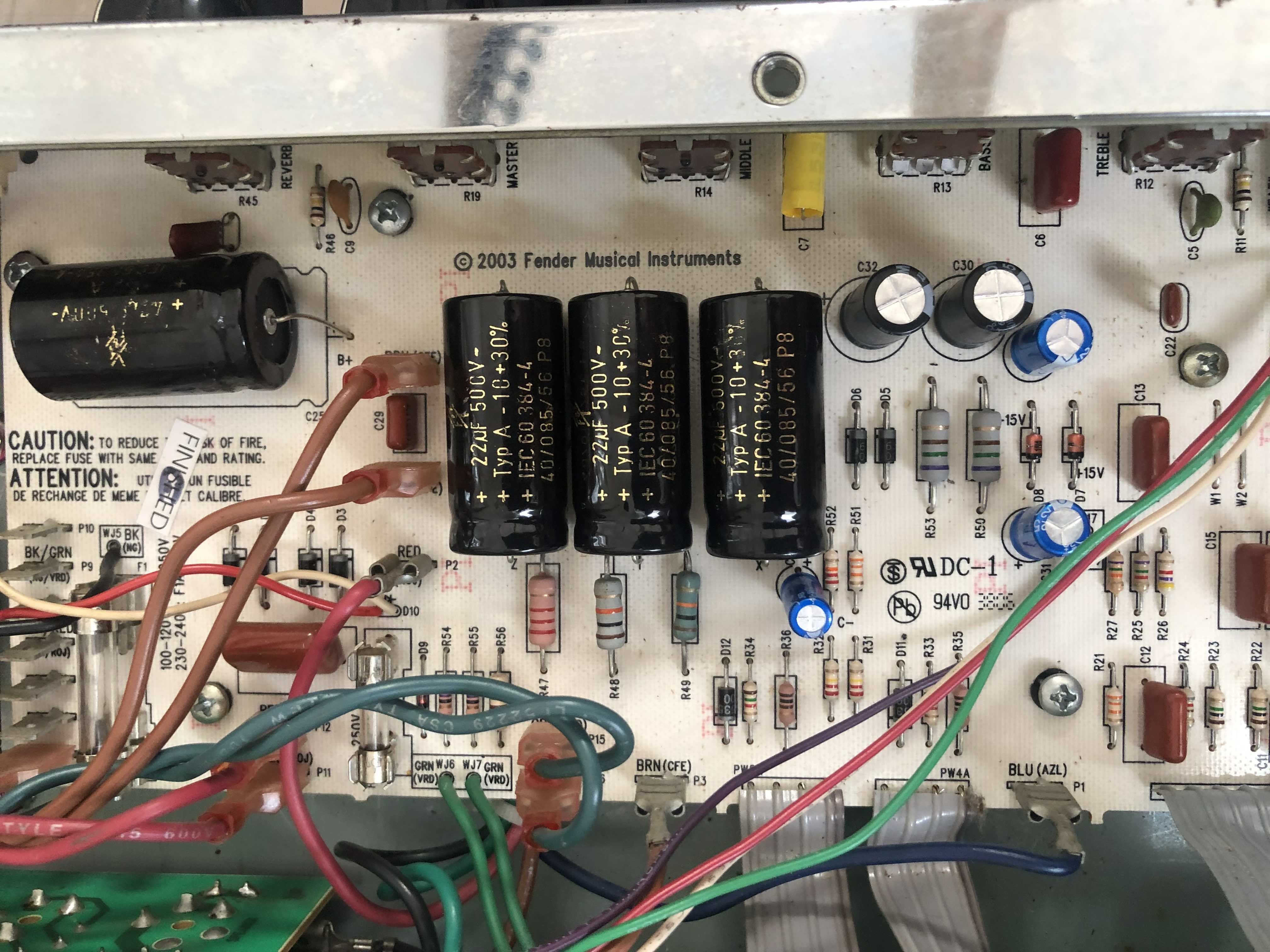In this post I'm going to try to pull together some photos, some comments, and some advice from my more than 40 years of hobby soldering.
The most important advice that I can give you is to buy the best tools and materials that you can afford. You don't need to start with a $1,000 soldering station but buy the best iron you can afford. I strongly recommend buying a basic pencil iron from a well known brand for your first iron.
#Soldering Iron
You can buy a Weller for USD$30 or Hakko for USD$50. Either of those irons is a great place to start. If you can't afford one of those then get what you can afford. The iron isn't as important as other things that I'm going to talk about.
#Solder
The next thing to consider is solder. Buy good solder. Most good solders you can buy in small, affordable quantities. I buy solder in 125g (1/4 lb), 250g (1/2 lb), and 500g (1 lb) rolls and they last a LONG time. If you're not doing a lot of solder you can buy a tube and it will do you for a good, long while. Again, I recommend buying a good brand name solder. I use MG and Kester and Multicore. They are all great solders. You want to get a rosin or flux core solder.
Here's a picture of the solders that I have on my desk right now.

They are (from upper left clockwise):
FSH 6045 CKF
This one is actually a silver brazing solder. It's 45% silver and used when you really, REALLY want things to stay stuck together.
MG 4900-112G 0.032" (0.81mm) Sn96.2/Ag2.8/Cu0.4
This is a strong, lead free silver containing solder that I use for important repairs where I want a strong, lead free joint.
Kester 24-6040-0053 0.050" (1.27mm) Sn60/Pb40
This is a medium weight tin/lead solder. I use this one for heavier through hole components and heavier wires.
Multicore 370 Flux 0.064" (1.63mm) Sn63/Pb37
This is the heaviest solder that I keep on my desk. This is another tin/lead solder and I use it for heavy filling and heavy wires. If I'm going to solder a power cable or a wire on my trailer this is the one I use.
Kester 24-6337-0001 0.10" (0.25mm) Sn63/Pb37
This is the other end of the solder spectrum. This tin/lead solder is the lightest solder that own. It's extremely fine and I use it for soldering the smallest of surface mount components. I use this when I'm using a needle tip on my PES51 pencil iron to solder an 0402 surface mount resistor.
Kester EP256 Sn63/Pb37
This one is a tin/lead paste solder. I've used it a couple of times but all of the soldering that I do on a regular basis is done with an iron and wire solder so this is more of a novelty on my desk in case I ever need it.
MG 4884-227G 0.025" (0.64mm) Sn63/Pb37
This one is my go-to solder for just about everything. It's a tin/lead solder that's small enough for small surface mount components but big enough for larger through hole components as well. When I reach for solder 99.5% of the time it's this one that I'm reaching for.
#Flux
Buy liquid flux.
Seriously. It's life changing. I bought liquid flux for the first time a few years ago after soldering for more than three decades and I can't believe that I struggled for as long as I did without it. You know how when you reheat a joint the solder gets all rough and you get peaks and points that you can never get to go away? A drop of liquid flux on the joint and it's beautiful, smooth, and shiny.
Did I mention that you should buy liquid flux?

I use Kester 186 liquid flux. You can buy it in little squeeze bottles on Ebay. Flood your work with liquid flux. I literally cover what I'm working on in liquid flux. It's a bigger-hammer solution but it makes life so much easier.
Seriously, go to Ebay right now and buy some liquid flux.














